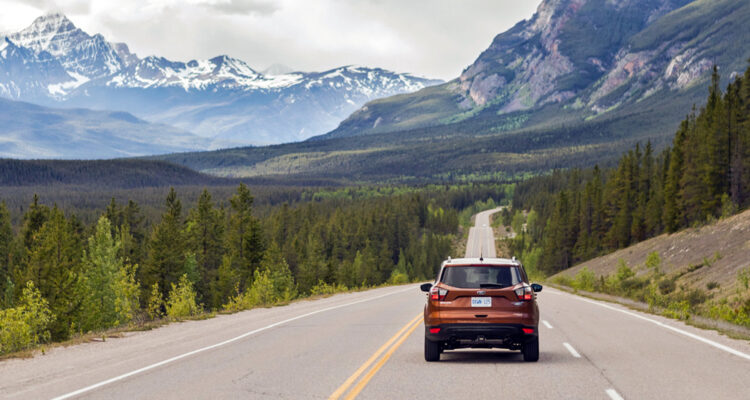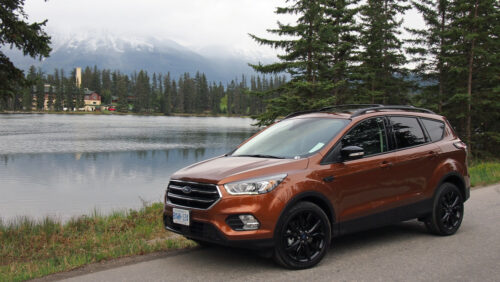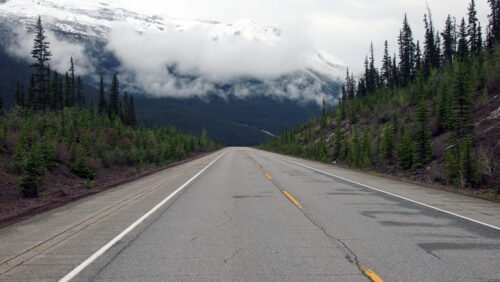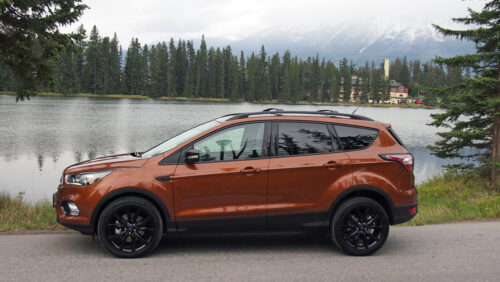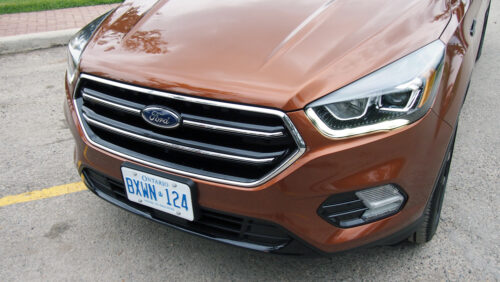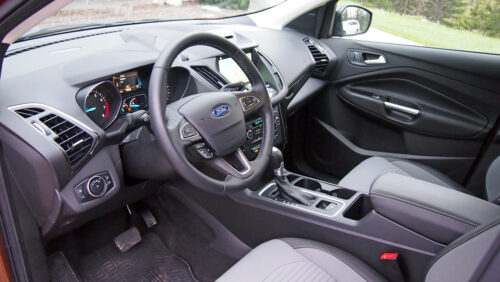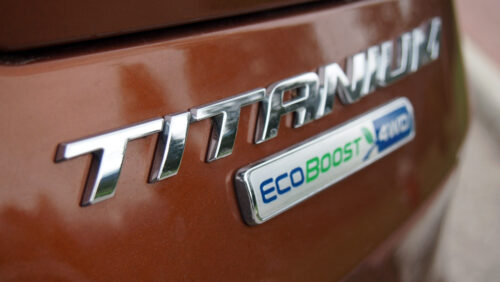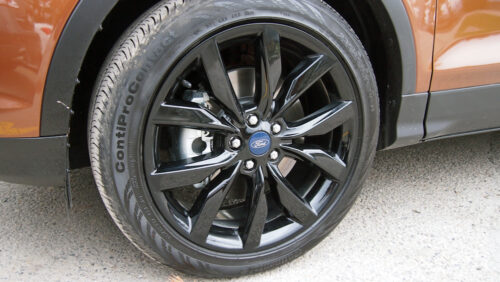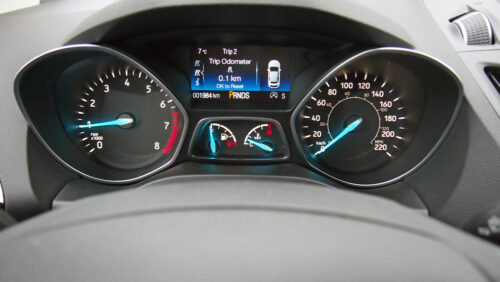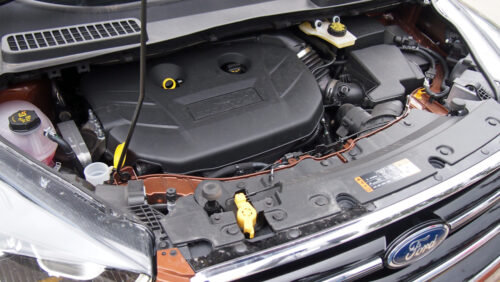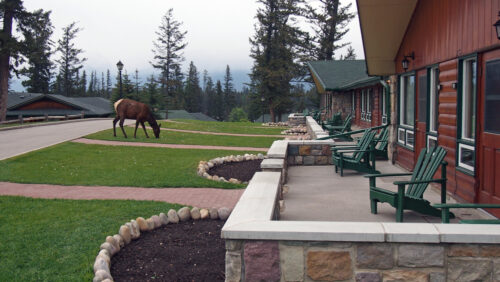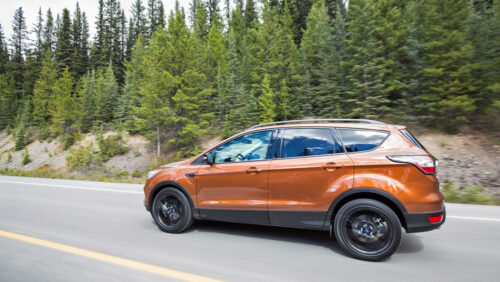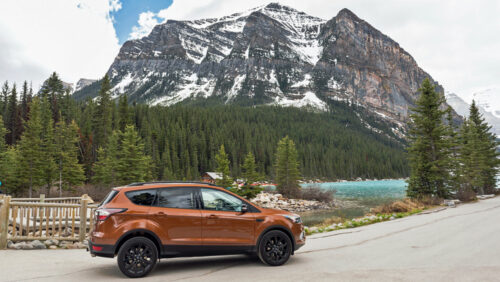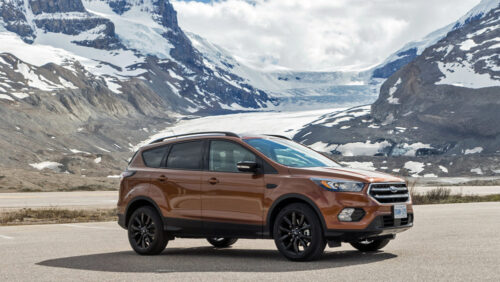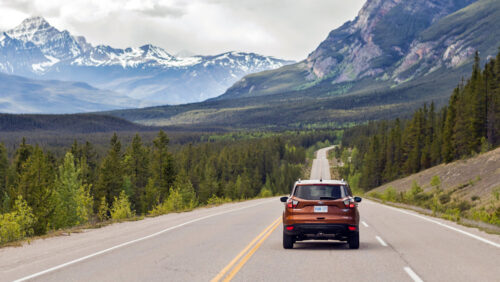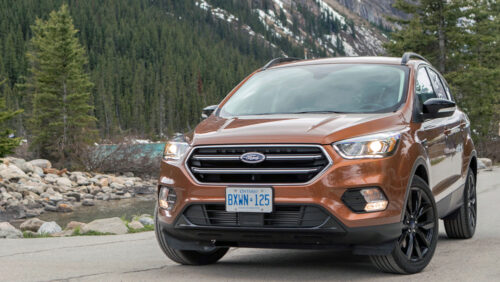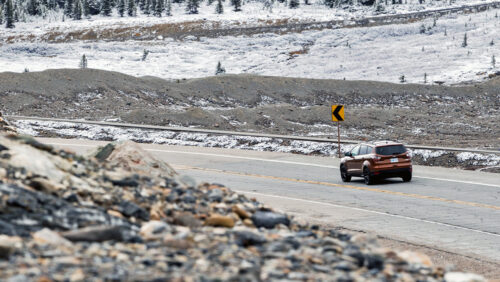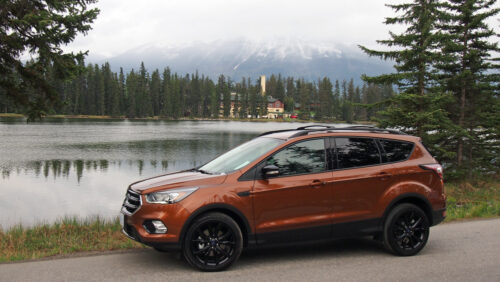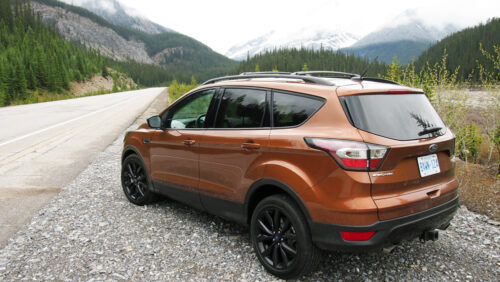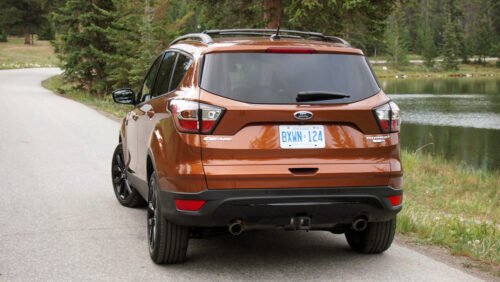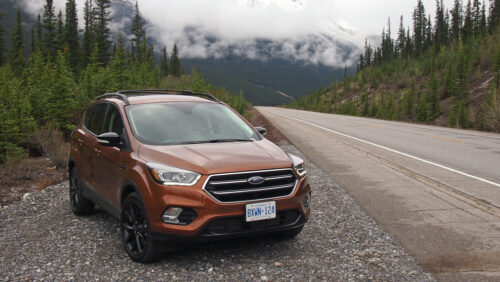The word ‘escape’ for me conjures up images of pristine fresh water lakes filled with walleye and northern pike, a backlit tent under the moonlight and the smell of fresh brewed coffee on an open fire. I can hear the loons calling now; on the lake and sitting around the fire.
Yes, I like to fish and sadly I don’t get to my favourite spot often enough to enjoy one of my great passions. Maybe Ford understood that for the vast majority of us, the only chance we have to getaway on a daily basis is to get inside our vehicles, close the door and drive. If that’s the case, the 2017 Ford Escape is an excellent place to hang out during the daily commute and imagine what it would be like to truly escape the grind.
Jeff’s take:
The previous generation Ford Escape was a popular choice for Canadians in the very crowded midsize SUV market. It wasn’t spectacular at any one thing; it was good at a whole bunch of things and presented itself well with the neighbours.
The 2017 Ford Escape takes things up a few notches by building on Ford’s Euro-chic design theme while offering numerous engine choices that are certain to resonate in today’s marketplace. With sales of small to medium-sized sedans in freefall, it is critical for every automaker to have a strong player in the SUV category. Failure here is not an option.
Power comes three ways for model year 2017. The bulk of my test drive takes place in a fully equipped Titanium model highlighted in Canyon Ridge (brown metallic) during a media launch event in Jasper National Park. It comes equipped with a twin-scroll 2.0L EcoBoost 4-cylinder engine that inspires confidence. Rated with premium unleaded fuel for spec sheet purposes (recommended), it produces 245 horsepower at 5,500 rpm and 275 lb-ft of torque at 3,000 rpm.
Matched to a 6-speed automatic transmission with steering-wheel mount paddle-shifters, this is the little engine that could, can and does what you expect from a turbocharged small displacement engine. It does sound a little buzzy during hard acceleration while climbing mountain roads near Jasper, but it is never too loud to be uncomfortable.
Rack-and-pinion steering with electric power assist has a nice, if somewhat sedan-like feel. Brakes are 4-wheel disc with ABS and ESC; vented in front, solid at the rear. My test vehicle is equipped with the optional Sport Appearance package that includes aggressive looking 19” ebony black premium alloy wheels.
There was a rugged quality to the previous Ford Escape that I liked and I am somewhat sad to see it missing on the sophisticated 2017 version. Don’t misunderstand; the new Escape looks impressive from every angle. Decked out in Sport livery, it does have a slightly sinister feel to it, but the overall appearance is more Oliver Queen than Survivorman and for this reason traditional SUV buyers may choose to look elsewhere.
Inside, it is hard to complain as the new Escape does a superb job of allowing you to unwind from the rigors of daily life or pack in enough stuff to take a real vacation. Front bucket seats are comfortable and adjust easily; the dash layout is logical and well -crafted, rear seats are roomy for enough for up to three people of average height and storage space is near perfect.
If I have one minor complaint about the dash, it’s that I am not sure what to make of the strangely shaped tachometer and speedometer. But the housing does an effect job of blocking unwanted glare, so I can’t be too picky. Overall, the 2017 Ford Escape appears to have what it takes to succeed.
Sabrina’s take:
Every time I get behind the wheel of the Escape, I realize that I tend to forget how much fun it actually can be, though the previous model wasn’t as spirited as this one gets to be. As Jeff mentioned, the compact SUV has gone from rugged-looking, rear-tire bearing truck to an elegant and chiselled urbanite. Not necessarily a change for the worse, if you ask me. After all modernity has a little something to do with having to reinvent yourself constantly; especially in such a fiercely competitive segment.
Customers loved the sedan-looking design of the former iteration and the number of former-gen Escapes on the road proves it. I personally got a little bored with it. Those simplistic lines worked their charm for a little while until the magic vanished — like the bunny in the hat trick watched for the 30th time. Poof, it’s gone.
I’m glad to see this SUV has (re)gained a bit of muscle with some refinement along the way, in appearance if anything. The rear-portion has virtually remained the same, which is a bit of a downer, with the low cargo floor designed for easy access. I get it. And with the power liftgate; the under-the-bumper sensor that has a cat’s work ethic — cooperates when it wants to — it actually makes the trunk easily accessible and quite convenient.
On the inside, there have been a few upgrades, quite subtle and not really significant, unless you like your gear stick moved slightly more to the left. I am being a little sarcastic here, but this design decision has solved an actual issue from the previous Escape; the need to contort your hand behind the gear lever set in park to access the climate controls, so let’s give some credit to the slightly shifted stick.
The new Escape gives you 964L of cargo space behind the second row of seats which actually looks pretty big once you take a peek inside. And of course, seeing that this is a Ford, the Escape receives a flight of technologies, namely Sync 3.0 that still has yet to convince me after running into a few roadblocks with the system in previous vehicles. Yes it has crashed. Like a computer. But I will bite my tongue if I have to and say that the issue might have been fixed with version 3.0.
Don’t go looking for fuel economy; trust me; this is not why you will want to buy the new Escape. Throw that thought out of the window. Despite all the advertisement, EcoBoost isn’t that great at saving fuel. Ford announces 11.5L/100km in the city; I witnessed 12.2L combined. However, what that brand new 2.0L, four-cylinder twin-scroll EcoBoost engine does, is that it makes the Escape actually fun to drive. With 245 horsepower and 275 lb-ft of torque, this engine means business, making it one of the most powerful in the segment. Not all EcoBoost engines are created equal and smaller displacement versions tend to show their limitations quickly. But this one works really well with the size of the vehicle. The handling can be surprisingly spirited, you feel in control no matter how ambitious you are in the corners. And if the suspension is on the stiffer side of the spectrum, it is not uncomfortably so.
You get a choice of three engines, including two turbos and that’s the fun factor. The 2.0L twin-scroll EcoBoost sits at the top of the category, ahead of the equally new 1.5L EcoBoost and the naturally aspirated 2.5L. The six-speed SelectShift automatic does a good job at not being the worst automatic transmission I’ve experienced and it doesn’t impair the driving experience too much. Crossovers require us to make fewer compromises and new Escape allows me to check a lot of the boxes on my list of ‘Perfect vehicle features’.
Another great perk with the Escape is the available all-wheel drive. This also improves towing capacity, in case you need a little extra utility in your sport utility vehicle. Bottom line, I have to admit that I like what they’ve done with 2017 Ford Escape. It’s a lot better looking than in the past and that 2.0L turbo is working its magic on me.
2017 Ford Escape
Trim level: Titanium 4WD
Base Price: $33,799.00
Price as tested (before taxes): $38,799.00
Freight: $1,690.00
Configuration: front-engine, all-wheel drive
Engine/transmission: 2.0L 4-cylinder/ 6-speed automatic
Power/torque: 245 hp/ 275 lb-ft
Fuel (capacity): regular (61.3L)
Fuel economy ratings (L/100 km): city: 11.5, hwy: 8.7 L/100 Km
Observed fuel economy (L/100 km): 9.2 L/100 km (450 km)
Competitors: Chevrolet Equinox, Dodge Journey, Honda CR-V, Hyundai Tucson, KIA Sportage, Nissan Rogue, Toyota RAV4
Related links:
Ford Canada
The Globe and Mail



